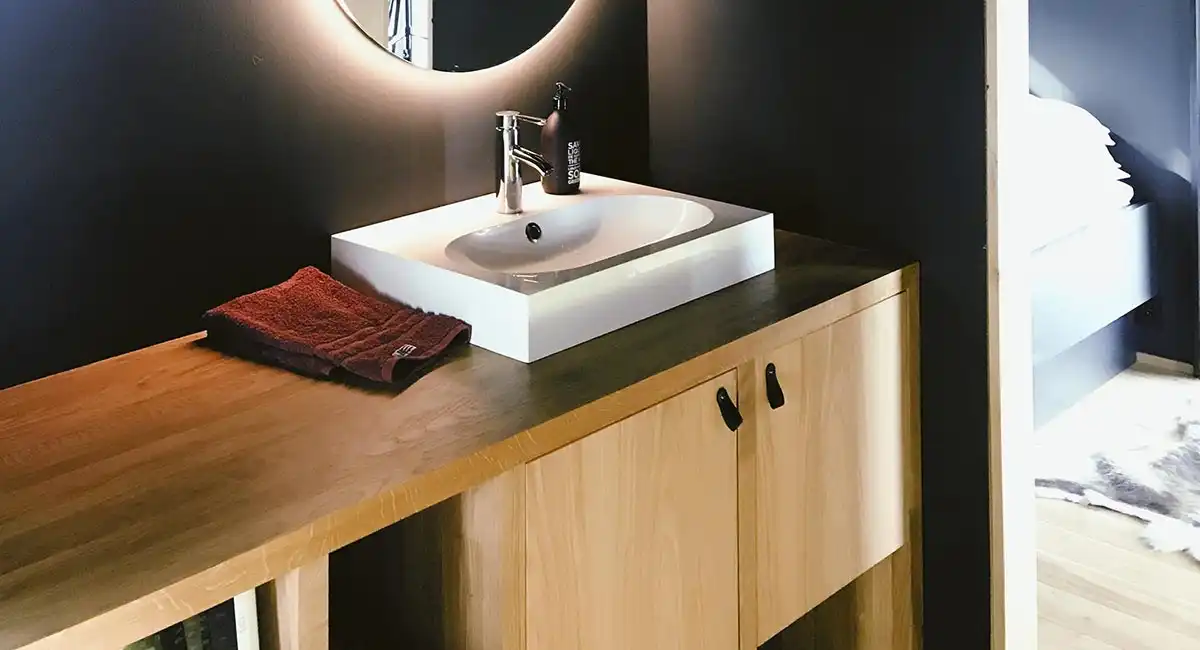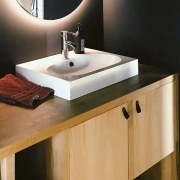
Whether you are renovating your house or simply looking to make it more modern and stylish, PVC Foil is the ideal material to use in your interior walls and ceilings. It offers great impact strength, vapour barrier, insulation, and durability.
Insulation
Choosing the right insulation for your home’s interior walls and ceilings can help you save money on your energy bills. The type of insulation used in your home depends on the type of barrier you are trying to create, as well as the climate you live in.
The most common materials for home insulation are foam, fiberglass, and natural fibers. These materials can be made from recycled materials or from straw, cotton, and hemp. The R-value of the insulation will depend on the density of the material and the thickness of the insulation.
If your home is in a cool climate, you may consider using reflective insulation on your walls and ceilings. These materials are commonly made from aluminum foil or kraft paper. These materials provide an excellent radiant barrier.
In hot climates, you may want to consider using radiant barrier insulation on your floors and attics. These materials reflect heat away from your home, making them perfect for those areas.
Rigid foam boards are also common for insulation in your home. These boards can be either loose or blown in. They have a closed cell structure that traps air and gas. These products are also fire-resistant. However, they are not recommended for exterior below-grade applications.
Fiberglass batts are usually a good choice for framing. They are inexpensive and easy to install. They also have a predictable R-value. It is best to use a vapor barrier when installing these batts.
Mineral wool is another material that can be used for insulation. This man-made material is often available as loose-fill or blanket insulation. Unlike foam board, it does not require any chemical binders to make it fire-resistant. It can be purchased in rolls or as batts.
Vapour barrier
Having a continuous plastic vapor barrier on the interior side of your home’s exterior walls is a great way to prevent moisture from forming. It is also the best way to protect your walls from water damage.
When you use a continuous plastic vapor barrier, condensation will eventually be reabsorbed into the ambient air in your home’s interior. If you are not sure what kind of vapor barrier is right for your home, contact your local building inspection office to get expert advice.
The benefits of using a vapor barrier on your interior wall assembly may not be obvious, but they are significant. Not only will it keep your walls and ceilings dry, but it will increase the energy efficiency of your home.
A vapor barrier is a simple modification to your insulation. It will reduce the diffusion of moisture and prevent certain noxious gasses from penetrating your home.
Generally, a vapor barrier is a white paper or plastic sheet. However, it can be made from different materials. Metal sheets, scrim, or vapor retarder paint are some examples.
In some areas, a vapor barrier is mandatory. For example, in areas that experience high humidity, it is crucial to make your building’s outer surfaces a vapor barrier.
The American Concrete Institute recommends a heavy grade, non-penetrable vapor barrier. It can be an aluminum foil or glass wool pipe insulation.
Typically, a vapor barrier is installed between the studs and drywall. It is the most economical way to insulate your home. Its effectiveness depends on how well it is sealed. To install the vapor barrier, you will need to seal all the small air gaps. These include holes and cracks around electrical fixtures, baseboards, and drywall.
Good impact strength
Whether you are building a new home or remodeling your current one, you have a choice of many materials. Some are better than others. The aforementioned Polyvinyl chloride (PVC) is one such material and is often a viable choice. If you are interested in what makes this plastic tick, here are some key facts and figures.
For starters, PVC is relatively inexpensive and is a common ingredient in consumer products. The aforementioned polymer is also a fire retardant and is occasionally used in high risk applications. The PVC film is also known for its robustness, making it an ideal candidate for shock absorbing elements.
Notably, the PVC film also has a long service life. A notable exception to the rule is a certain type of PVC free electrical wire insulation. As with most things in life, the best is to choose wisely. The aforementioned material is typically only used in interior applications. The best way to avoid common pitfalls is to keep an eye out for signs of wear and tear. You may also want to avoid weld lines in areas where they are exposed to the rigors of a crash.
Another tidbit is that a certain type of PVC is a good conductor of electricity. The aforementioned polymer is not only known for its durability, but it is also a popular choice for power distribution in industrial and commercial settings. For example, it is found in a variety of transformers and power conditioners. This is not a bad thing.
Aside from a solid joe, the aforementioned polymer is also a good choice for electrical wiring in your home. Unlike other electrical wires, PVC foil for interior walls and ceilings is highly durable and a tad bit cheaper.
Durability
Among the most durable materials that you can use for interior walls and ceilings is PVC. It is an extremely durable polymer that can last up to 100 years. In addition to its durability, it is also highly flexible.
You can choose a variety of PVC panels to suit your needs. You can even find one with fire resistance properties. They are lightweight and are easy to install. They are also very low maintenance. They don’t need to be repainted or repaired. They can be dismantled and reused. They are also fully recyclable.
For example, you can get a PVC panel that has a golden line that helps to disguise a bald look. You can also opt for a glossy finish. This is ideal for high traffic areas.
You can also use a textured PVC sheet that mimics the look of a wooden surface. These sheets are great for kitchens, bathrooms, and toilets. They come in a wide range of colours. They are durable, and their glossy sheen will last for a long time.
You can also buy PVC laminates. These are pre-processed laminate sheets made of polyvinyl chloride. These are thin and bendable. They can be used to form a variety of decorative surfaces. These are available in glossy and matte finishes.
You can also get a variety of textures from Yodean Decor. You can find hundreds of colours and patterns. They are also extremely durable and meet safety requirements.




Leave a Reply
Want to join the discussion?Feel free to contribute!